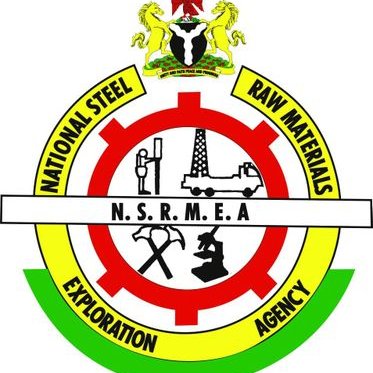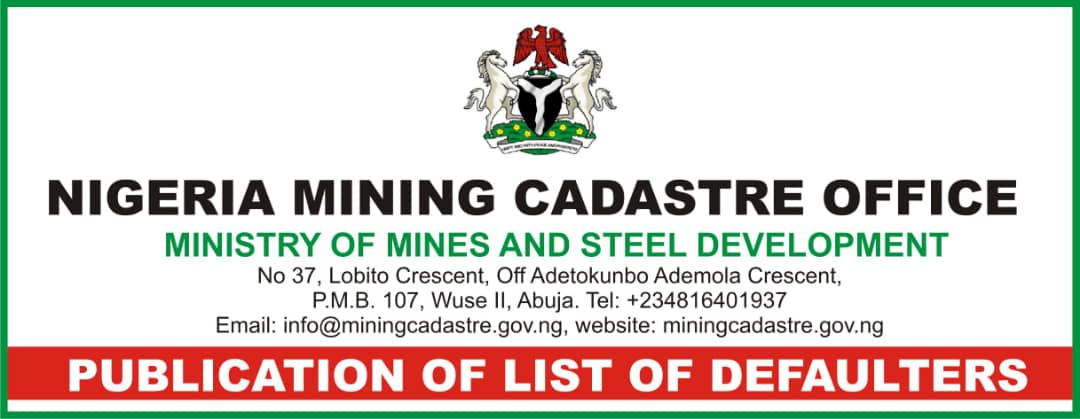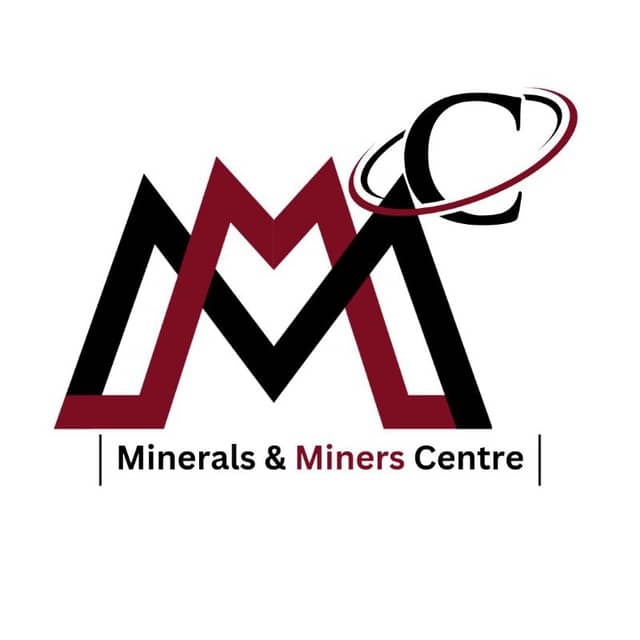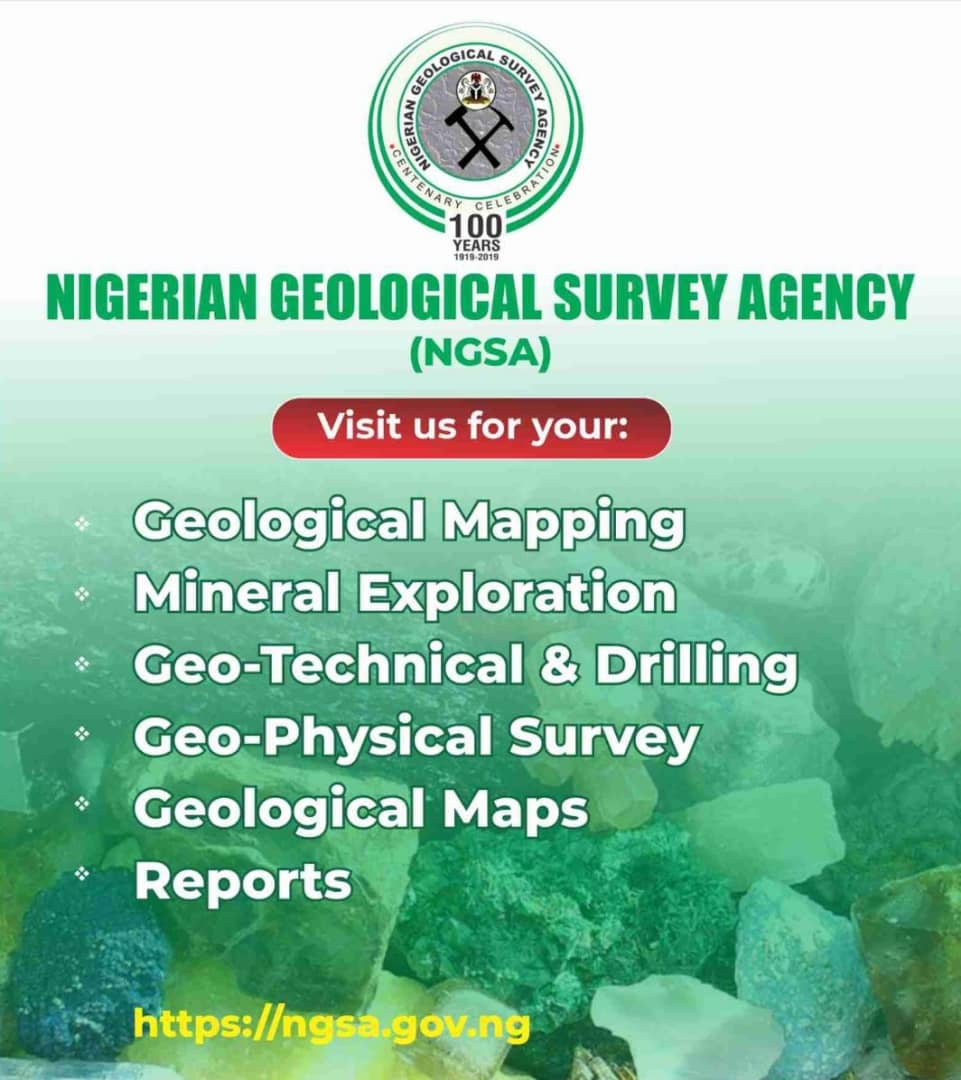
Mr. Kola Ogunbiyi is the Director-General, National Steel Raw Materials Explorations Agency (NSRMEA), Kaduna.
In this exclusive interview, the veteran Geologist and Information Technology expert who rose through the ranks to become Director-General of the Agency, discussed the focus of his administration, saying that the production of the Nigeria Steel Raw Materials Map and the Inseam Exploration of the Obi-Lafia coal resource are some of the first targets of his administration.
Ogunbiyi, who led the NSRMEA Team that pioneered the transition of the Agency’s mapping operations from manual to digital mapping technology commended the efforts made by past leadership of the Agency, stating that the current management will consolidate on past achievements and explore new areas.
He assured that the Agency is poised to develop the capacity of staff in order to maximize the realization of set goals and contribute meaningfully to the economic growth and development of the nation.
“I am thankful to the Hon. Minister of Mines and Steel Development, Arc. Olamilekan Adegbite, the Hon. Minister of State, Sen. Gbemisola Saraki and the Permanent Secretary, Dr. Oluwatoyin Akinlade for their unwavering support towards the sustenance of the Agency and the development of Nigeria mining sector,” he said.
Kindly tell us about NSRMEA and its mandate?
The National Steel Raw Materials Exploration Agency (NSRMEA) is an agency under the Ministry of Mines and Steel Development. It has been in existence since 1971 as the Exploration and Mining Division of the defunct Nigerian Steel Development Authority (NSDA), established by Decree 19 of 1971.
It later became a corporate body through the enactment of decree 49 of 1992 with mandate amongst others to carry out exploration of steel raw materials in all parts of Nigeria and elsewhere for the iron and steel industry, and to establish and execute a steel raw materials base for the country.
The Agency has its headquarters in Kaduna and Exploration Bases spread across the six geopolitical zones of the country. It is the only Federal Government Agency charged with the specific responsibility of carrying out detailed exploration and sourcing of iron and steel raw materials in the country for a sustainable supply of these raw materials to the iron and steel industries as well as other related industries.
You started as a Civil Servant and rose through the ranks to become Director-General of the NSRMEA. Now that you are at the top, what are your goals for the Agency?
Yes, it is true that I grew through the system; I rose through the ranks to become a Director in the Agency, and then, was appointed the Director-General of the Agency in November, 2022 after thirty-three and half (33 1/2) years in the service. Having gone through the system, I understand the mandate of the Agency and I know its uniqueness as well as the challenges.
I must admit that the past Chief Executive Officers have done tremendously well for the Agency. I will consolidate on the efforts of my predecessors and improve on their achievements with the support of my management team.
My top management and I with the support of other levels of management will deploy new methods and innovations to ensure that the Agency fulfills its mandate which is principally to explore for iron and other steel raw materials across the country, as well as contribute to scientific research needed to develop the production of iron and steel.
We would intensify on fieldwork and cover more grounds as part of efforts to fulfil the mandate of the Agency.
I again commend the efforts of the past Chief Executives of the agency for the grounds they had covered. However, as part of the efforts to fulfill the mandate of the Agency, my administration would build on their past works and intensify on exploration to cover more grounds over large field across the federation especially in the area of core drilling, which already has some areas marked.
As an exploration Agency, fieldwork, research and documentation are among our major goals. We will intensify on them toward greater mandate fulfilment.
I am pleased to inform you that frantic efforts are currently being made to increase array of equipment needed for the greater realization of the mandate of exploring for iron and steel raw materials in the country.
The NSRMEA has carried out geological mapping at various stages, and we need to carry out core drilling on the area mapped in order to get reliable reserves of these resources.
Exploration is capital intensive. How would you source for the funding needed to achieve the set goal?
We hope to attract intervention from relevant institutions. The goal is clear and it is obvious that if achieved, it will lead to economic development of the country. In fact, we have a great role to play in the realization of national economic diversification agenda.
Globally, steel remains very important for industrialization and we need to let the world know that Nigeria has the needed steel raw materials. This would attract investment and contribute to development of the economy.
When the goal is clear and worthwhile, I am optimistic that local and international funding bodies would consider it expedient to invest in the projects. Frankly, the projects require huge capital and we do not have enough funds, but we believe that the vitality of our goals is powerful enough to attract funding from development partners and government.
Let me tell you this: One of the top priorities of my administration is to carry out an In-seam exploration of the Obi-Lafia coal in Nasarawa State. Obi-Lafia coal is the only moderately coking coal that has been found in Nigeria deduced from exploratory activities and detailed laboratory & technological tests carried out.
This type of coal is required in iron and steel production. The NSRMEA had carried out detailed exploration on the Obi-Lafia coal resource where 138 boreholes were drilled with depth ranging from 80m to over 520m and 2 shafts sunk. As a result, a reserve of 128 million tonnes was established with 32 million tonnes estimated for seams 12 and 13, which are mineable economically. The geological structure of the deposit is so complex that more technology and expertise is required to maximize the success of the project. It is for this reason that further work in form of In-seam exploration is necessary for the Obi coal project and we will do it, by the grace of God.
Why in-seam exploration?
In order to get the Obi-Lafia coal deposit ready for commercial development, an in-seam exploration had been proposed since 1981 but the execution of the project had been delayed due to paucity of funds. The in-seam exploration work would be carried out in two phases as earlier proposed.
- Driving an inclined shaft for immediate collection of bulk samples required for pilot tests.
- In-seam exploration proper.
In-seam exploration makes it easier for mineral explorationists to study the structure of the targeted mineral deposit. The method makes it easier for experts to determine the best method to mine the discovered mineral deposit, Obi-Lafia as a case in hand.
As an Agency responsible for exploration of steel raw materials, we will leave no stone unturned in our effort to explore other coal resources and provide reliable information needed by local and foreign investors.
This will go a long way to trigger private investments in coal and the coal value chain.
What exploration efforts are you making to support investments in steel production?
One of the new projects of my administration is to establish the proximity of various steel raw materials to steel plants across the country. We are doing this by producing a map – The Nigeria Steel Raw Materials Map.
The map would feature all existing steel plants across the country, and will indicate the steel raw materials closest to the plants.
The essence of the Nigeria Steel Raw Materials Map is to show the proximity of the deposits to steel producing industries across the federation. It would detail the location of various deposits of steel raw materials across the country, and show the steel plants nearest to the deposits.
What this means is that every steel producing industry in the country would know the steel raw materials close to their plants. When we come up with this data, the steel plants would not have to go far to get the raw materials they need to feed their production.
Iron and steel industries rely on steel raw materials. Without steel raw materials, no steel plant can function, no job, no activity. The importance of establishing the proximity of steel raw material deposits to the iron and steel industries cannot be overemphasized. It is very important because it is difficult and costly to transport raw materials from distant locations to the industries where they are needed.
So, when we establish the proximity of steel raw materials to steel producing centers, we are encouraging investors and making it easy for them to do business in Nigeria.
This project is one of the ways in which the current Management of the NSRMEA has decided to key into the commitment of government to ensure ease of business for investors.
How do you plan to develop the capacity of NSRMEA staff for geochemistry, geophysics and resource estimation?
As an exploration Agency, NSRMEA is responsible for detailed geological exploration and investigation of iron steel raw materials. Staff that will carry out the task must be abreast of the dynamic skills in their respective fields.
Our staff are thoroughbred experienced professionals and we are very proud of them. However, skills and technology are dynamic and knowledge needs to be updated, hence the plan for massive capacity building for our staff to update their skills and knowledge in diverse areas of our operations, not limited to geochemistry, geophysics and resource estimation. So, capacity development of staff is a top priority of the current management.
Tell us about your journey to the apex office at NSRMEA. How did it begin, what challenges did you face?
I became Director-General by the grace of God. I thank God for everything. I never contemplated occupying the office. As a professional Civil Servant, my prayer was to rise diligently to the office of Director, and then retire, but God gave me more.
I joined the NSRMEA in 1989 as Geologist 1. My first experience was not a palatable one. While I was on my way to resume work, I had a fatal motor accident and sustained injuries. However, I eventually recovered and resumed work. I am still thankful to God for sustaining me.
What was your first experience on resumption?
At the time, the NSRMEA did not have enough field vehicles. So, we travelled with a hired land rover which was to return to site to take us back to base on the day we finished our field trip. On the first day of the field work, the Team Leader stopped a truck to convey us to our field site. The truck was carrying a big cow. I was not comfortable with travelling in a truck that had such a very big cow. In fact, the experience made me dislike the trip. Throughout the trip, we all watched the heavy cow with fear and we were very apprehensive of what its next move might be.
I had some bad experiences. There were professional hazards of various nature that almost discouraged me, but I had to overcome my fears. At some point I said to myself: “If hazards continue to nose my paths on fieldtrips, I may be unable to participate in fieldworks.”
Fieldwork was an essential part of our task as geologists. The challenges we faced brought about building a second career path for myself. So, I embraced the study of Information Technology as a hobby.
Such challenges continued because some basic needs were inadequate, but we made great sacrifices for the country, the Agency and for the geology profession as a whole because we did not let the challenges deter us from the fieldwork.
As practicing geologists, fieldwork was an essential part of our task. We faced a lot of challenges and it looked like there was little commitment to the advancement of the profession. So, I embraced the study of Information Technology as a hobby.
Another challenge of practicing geology is the capital-intensive nature of exploration. At that time, we did not have the modern technology tools needed to calculate ore reserve. Everything was done manually.
When I returned from the Federal University of Technology, Minna, where I went to study Computer Science, I was very instrumental to the establishment of the Digital Cartography Unit of NSRMEA, an effort that helped to reposition the Agency in terms of embracing technology and modern systems in geology.
I headed the unit for eight years and we made remarkable progress. As Head, I discovered that Geographical Information System (GIS) is beyond digitizing, and there is so much more that we needed to do. So, I proceeded to the University of Ibadan for my Masters.
Upon the successful completion of my Masters in GIS, I returned to the Agency. To my amazement, I discovered that a lot has changed: Government had become more committed to the development of geology. The Agency had embraced emerging practices in geology such as interpretation of geological data and geophysical interpretation. They had embraced such new methods as remote sensing and others.
I was so elated because geology has always been my first love, which was the profession in which I carved my niche. So, I quickly adjusted and settled down to the great task.
In fact, when I look back at the NSRMEA, I feel fulfilled for the various ways in which God enabled me to contribute to the development of geology through the NSRMEA.
For example, I led the transition of the Agency from manual mapping method to digital mapping technology, a great feat.
How would you describe the commitment of the Ministry to the needs of your Agency?
The supervisory ministry ably headed by a highly versatile personality, Honorable Minister of Mines and Steel Development, Arc. Olamilekan Adegbite, with the support and cooperation of the distinguished Honorable Minister of State, Senator Gbemisola Saraki and the very functional Permanent Secretary, Dr. Oluwatoyin Akinlade, all of whom had always provided backing to the Agency to succeed in its mandate. They are a great team working together for the advancement of the mining sector.
My appointment as Director-General was not an accident, it was the making of God. I must be thankful to the Honorable Minister of Mines and Steel Development, Arc. Olamilekan Adegbite, and his team for their unwavering support towards the sustenance of NSRMEA.








